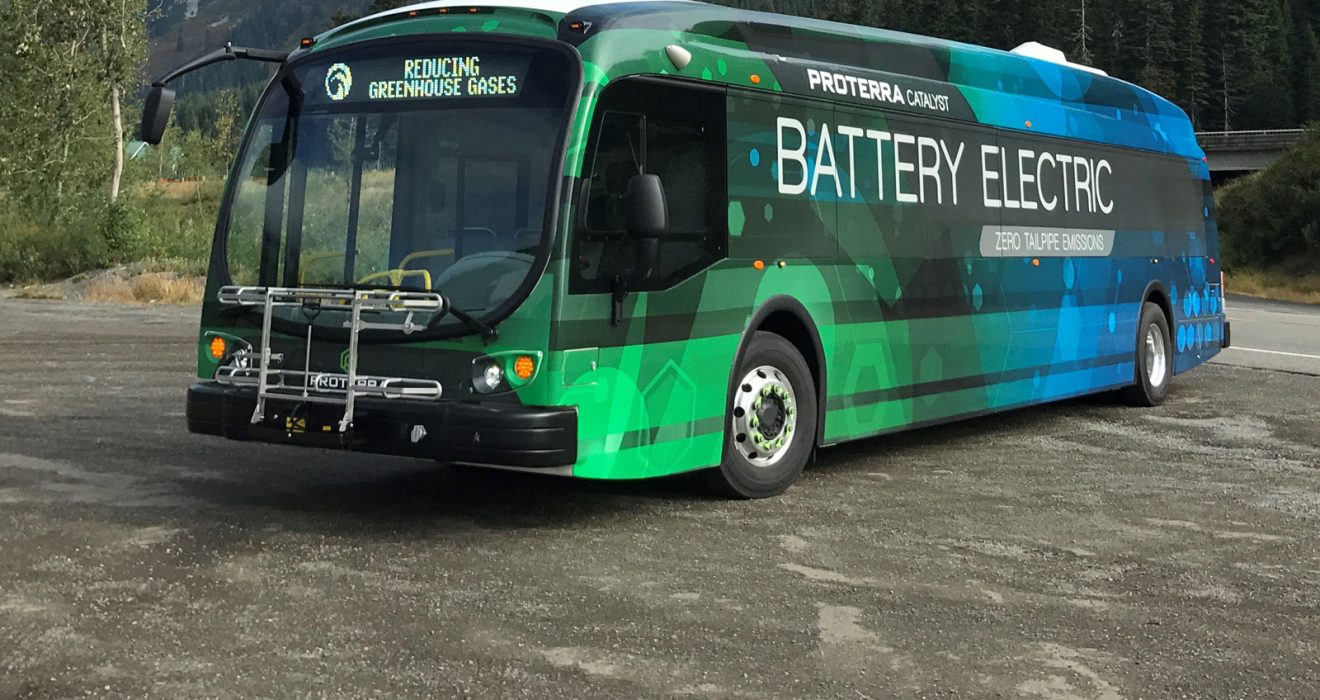In a visionary response to the urgent need for environmental and public health interventions, the Biden administration has unveiled a groundbreaking initiative aimed at transforming the iconic yellow school bus into a beacon of sustainability. With an infusion of nearly $1 billion in federal funding, this initiative seeks to propel the adoption of Greener Electric School Buses, a breath of fresh air for the more than 20 million American children who embark on daily journeys through cities and towns. These familiar yellow vehicles, a mainstay of the American education system, have long been powered by diesel fuel, contributing to an array of health and environmental challenges.
The pressing issue at hand is the detrimental impact of diesel pollution on the health of school children. Diesel-fueled buses emit harmful pollutants, including fine particulates, nitrogen oxides, and carcinogenic benzene, alongside substantial greenhouse gases. More than 90 percent of these buses, roughly numbering 450,000, rely on diesel fuel, creating an environmental conundrum. Recognizing the imperative to address the unequal health impacts of diesel pollution, the Environmental Protection Agency (EPA) has announced a comprehensive plan.
This plan involves allocating nearly $1 billion in grants to 280 school districts, facilitating the transition to electric school buses. The significance of this initiative extends beyond environmental stewardship, as it addresses the pervasive issue of inequality, ensuring that 86 percent of the funding reaches low-income, rural, and tribal communities. This transformative move not only promises a cleaner and safer commute for millions of students but also stands as a testament to the administration’s commitment to a sustainable, equitable future
Greening America’s Yellow Buses
The Environmental Protection Agency’s latest tranche of funding, marking the third round under the 2021 bipartisan infrastructure law, seeks to make these iconic yellow school buses more environmentally friendly. With an emphasis on mitigating diesel pollution’s unequal impact on vulnerable communities, the grants will facilitate the acquisition of over 2,700 electric vehicles. These buses are set to serve seven million students across 37 states, with a noteworthy 86 percent of the funds directed to low-income, rural, and tribal communities.
Tackling Inequality and Health Disparities
Acknowledging the vital link between clean air, public health, and educational equity, the funding initiative is lauded as a significant step forward. Public health advocates and school officials underscore the importance of reducing the health risks associated with diesel pollution, particularly among children of color and those in economically disadvantaged areas. Diesel pollutants, known to cause inflammation, asthma, and respiratory illnesses, have a disproportionately severe impact on children, whose developing respiratory systems and faster breathing rates make them more susceptible.
Cumulative Impact of Air Pollution on Children
Research spanning over two decades has documented the detrimental effects of diesel exhaust within school buses. The enclosed spaces elevate exposure levels, with studies indicating exhaust concentrations 23 to 46 times higher than the recommended safety thresholds. The cumulative impact of prolonged exposure, especially during the approximately 180 hours of yearly commute time, accentuates the health risks for children. Asthma rates, exacerbated by diesel pollution, are notably higher among people of color, further underscoring the importance of addressing the unequal burden placed on frontline communities.
Beyond Emissions: Advantages of Electric Buses
The transition to electric buses not only addresses environmental concerns but also brings economic benefits. Electric buses produce no tailpipe emissions, are more efficient, and have fewer moving parts, potentially reducing maintenance costs for school districts. However, the higher upfront costs of electric buses, three to four times that of diesel counterparts, remain a challenge. Despite the barriers, the federal funding signals a significant push toward making zero-emission models more accessible, particularly for districts serving low-income communities.
Transformative Impact in Nevada
The funding’s impact is palpable in Nevada, where nearly $8 million is set to procure 25 electric buses. A collaborative effort with the Nevada clean energy Fund aims not only to provide students with pollution-free commutes but also to reduce harmful air pollutants along bus routes. By leveraging various funding sources, including federal grants, local incentives, and state support, the initiative endeavors to cover upfront costs for school districts, making the transition financially viable.
Electric Buses as Grid Assets
The initiative’s ripple effects extend beyond cleaner air and reduced emissions. Electric school buses could become assets to the power grid, enhancing reliability. In Nevada, the Nevada Clean Energy Fund is spearheading a bus-to-grid trial, allowing buses to feed electricity back to the grid when not in use. This innovative approach aligns with broader sustainability goals and underscores the multifaceted benefits of transitioning to electric school buses.
Conclusion
The federal funding initiative represents a monumental stride toward creating a healthier, more equitable future for school children. By addressing the environmental and health disparities associated with diesel-powered buses, the Biden administration’s commitment paves the way for a greener, more sustainable transportation landscape.

